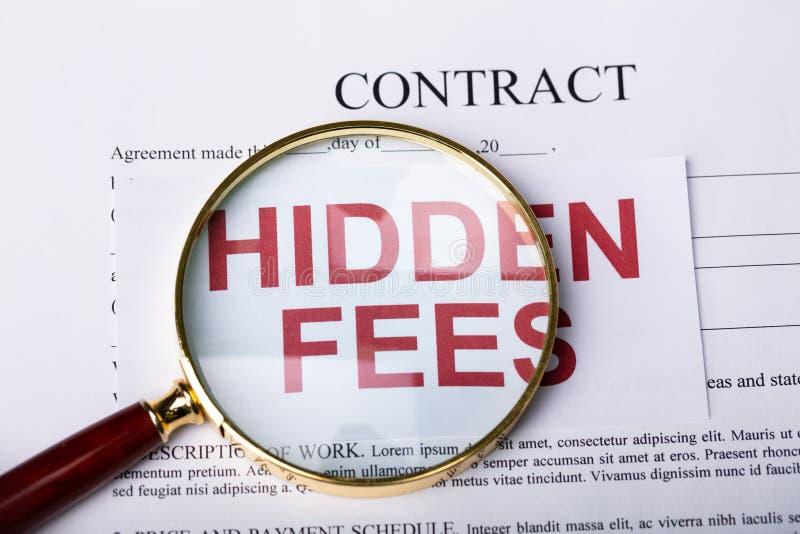Business electricity is essential to keeping operations running smoothly, but it often comes with hidden costs that many companies overlook. These overlooked expenses, which range from inefficiencies in energy plans to uncompetitive business electricity prices, can significantly impact profitability. Understanding and addressing these hidden costs saves money, improves energy efficiency, and reduces a business’s carbon footprint.
This article explores the hidden costs of business electricity, highlights why smarter energy choices matter, and outlines actionable steps to lower energy bills and improve operational efficiency.
What Makes Business Electricity So Expensive?
1. Uncompetitive Business Electricity Contracts
Many businesses stick with their current business electricity supplier because it feels convenient. However, sticking to the same contract for years without reassessment often leads to overpaying. Commercial electricity rates change over time, and new electricity providers might offer more competitive options.
For instance, a manufacturing company recently saved 25% on its energy bills simply by renegotiating its business electricity contract. To avoid this hidden cost, businesses must actively compare business electricity prices at regular intervals.
2. Outdated Energy Plans
Many companies continue using energy plans that no longer suit their operational needs. Such plans might have been economical a few years ago but may no longer reflect current business electricity rates. For example, a small retail store using an old plan paid 15% more than competitors who switched to more affordable options.
Switching electricity providers or upgrading to a new energy plan can yield significant savings. Tools for comparing business electricity suppliers make this process simple and effective.
3. Lack of Energy Efficiency Practices
Businesses that overlook energy efficiency miss opportunities to save energy and money. Inefficient equipment, poor insulation, and outdated lighting increase electricity costs. Switching to LED lighting or investing in energy-efficient machinery may seem like an expense initially. Still, it drastically reduces electricity consumption and lowers business electricity rates in the long run.
A case study showed that a mid-sized office that upgraded its HVAC system reduced energy bills by 30% within a year. These savings translate directly into increased profitability.
Hidden Costs Breakdown
|
Hidden Cost |
Effect on Costs |
Solution |
|
Uncompetitive Contracts |
Higher business electricity rates |
Compare electricity prices frequently |
|
Inefficient Equipment |
Increased electricity consumption |
Invest in energy-efficient solutions |
|
Outdated Energy Plans |
Overpayment of 10-20% |
Switch business electricity supplier |
|
Peak-Time Usage |
25% higher costs |
Schedule operations during off-peak hours |
4. Ignoring Renewable Energy Plans
Energy providers now offer renewable options to save money while lowering a company’s carbon footprint. Green energy plans often provide competitive business electricity prices alongside the added benefit of sustainability.
For instance, an IT firm reduced its energy bills and improved its brand image simply by switching to a green energy provider. Opting for renewable options supports long-term energy efficiency while appealing to environmentally-conscious customers.
5. Overpaying Due to Peak-Time Energy Consumption
Energy costs during peak hours are generally higher. Businesses relying heavily on peak-time business electricity supply face inflated business electricity costs. Implementing smart energy solutions such as energy usage monitoring can help identify areas where consumption can shift to non-peak hours.

A bakery in Chicago saved $5,000 annually simply by rescheduling high-energy-consuming operations to nighttime, demonstrating how minor adjustments can yield significant savings.
6. Hidden Fees in Business Electricity Bills
Many business electricity suppliers include hidden charges in their bills. These may range from service fees to penalties for late payments. Without scrutinising energy bills, businesses can lose thousands annually.
To combat this, businesses should review their contracts carefully and consult experts if discrepancies are found. Negotiating these terms with electricity providers often removes unnecessary fees.
7. Neglecting Regular Rate Comparisons
Electricity providers regularly update their plans, introducing options that could save businesses significant amounts. Companies that fail to compare business electricity rates miss opportunities to reduce energy costs.
A study revealed that businesses switching electricity providers every two years save an average of 15% on their energy bills. Tools that compare business electricity rates are invaluable in identifying better deals.
4 Practical Strategies to Save on Business Electricity
Focus on Energy Efficiency
- Upgrade to energy-efficient equipment and appliances to reduce electricity consumption.
- Conduct regular energy audits to identify inefficiencies.
- Educate employees on habits that save energy, such as turning off unused devices.
Use Technology
- Smart energy solutions like automated controls and sensors optimise electricity usage.
- Energy monitoring tools help track patterns and adjust for maximum savings.
Switch to Better Energy Plans
- Always compare business electricity prices before renewing contracts.

- Opt for flexible plans that allow adjustments based on business growth.
Explore Green Energy Options
- Renewable energy plans not only save money but also align with sustainable practices.
- Many governments offer incentives for businesses to adopt green energy.
Real Data on Energy Costs
|
Type of Business |
Average Monthly Energy Cost |
Savings After Optimising |
|
Small Retail Store |
$800 |
$150 (18%) |
|
Medium Office |
$1,200 |
$300 (25%) |
|
Large Manufacturing |
$5,000 |
$1,200 (24%) |
Final Words
The hidden costs of business electricity can drain resources without businesses even realising it. From outdated contracts to inefficient practices, understanding these costs and taking proactive measures helps save energy and money while improving operational efficiency. Smarter energy choices pave the way for better financial and environmental outcomes.
FAQs
1. How often should businesses review energy plans?
It’s recommended that energy plans be reviewed at least once a year. Regular comparisons ensure businesses access the most competitive commercial electricity rates and avoid unnecessary overpayments.
2. What are the benefits of green energy plans for businesses?
Green energy plans reduce a business’s carbon footprint and often provide cost-effective solutions. By aligning with sustainable practices, they also enhance a business’s reputation. Learn more here.
3. What tools help monitor electricity consumption?
Smart meters and energy monitoring software help businesses track electricity consumption patterns. These tools allow adjustments to save energy and money over time. Explore more solutions here.



